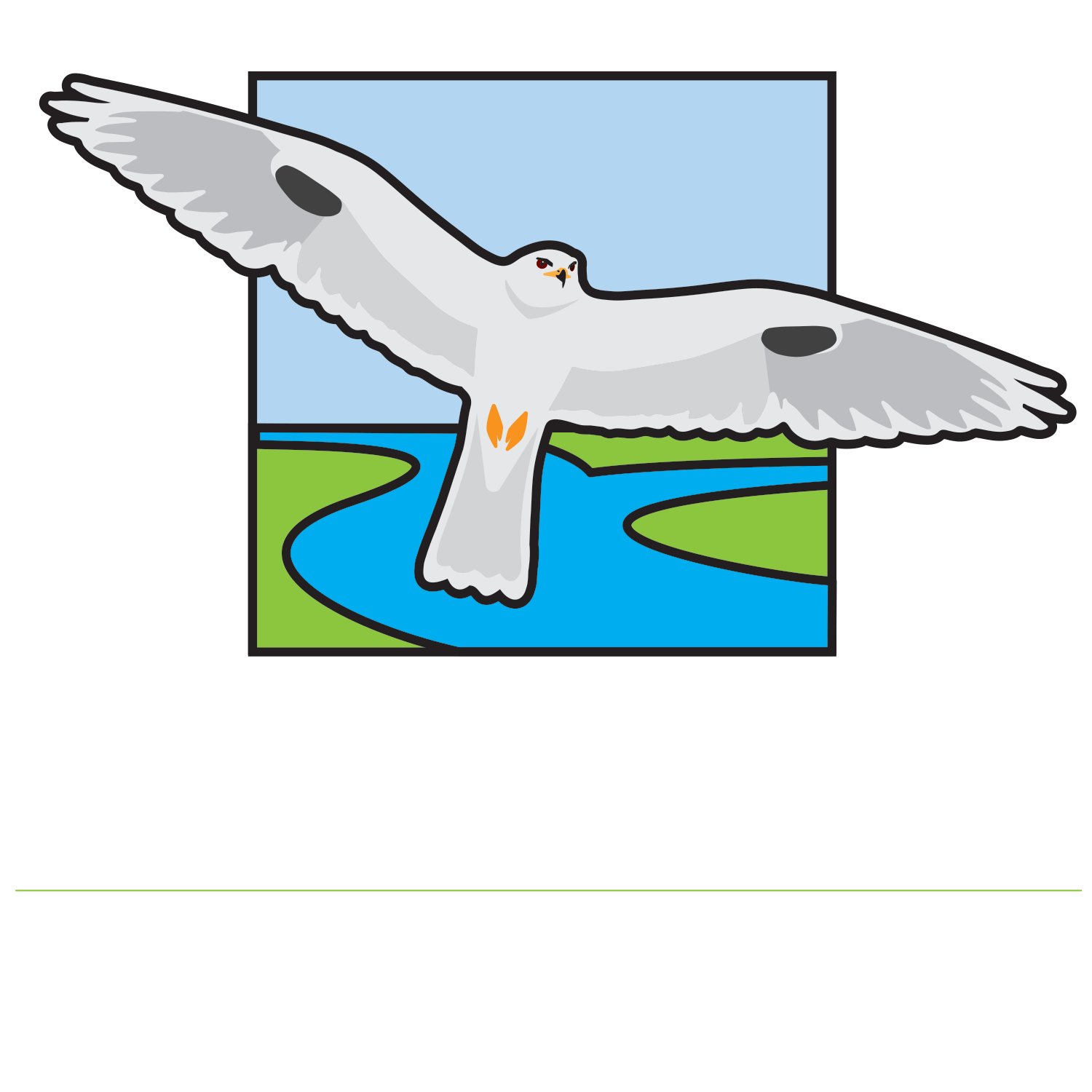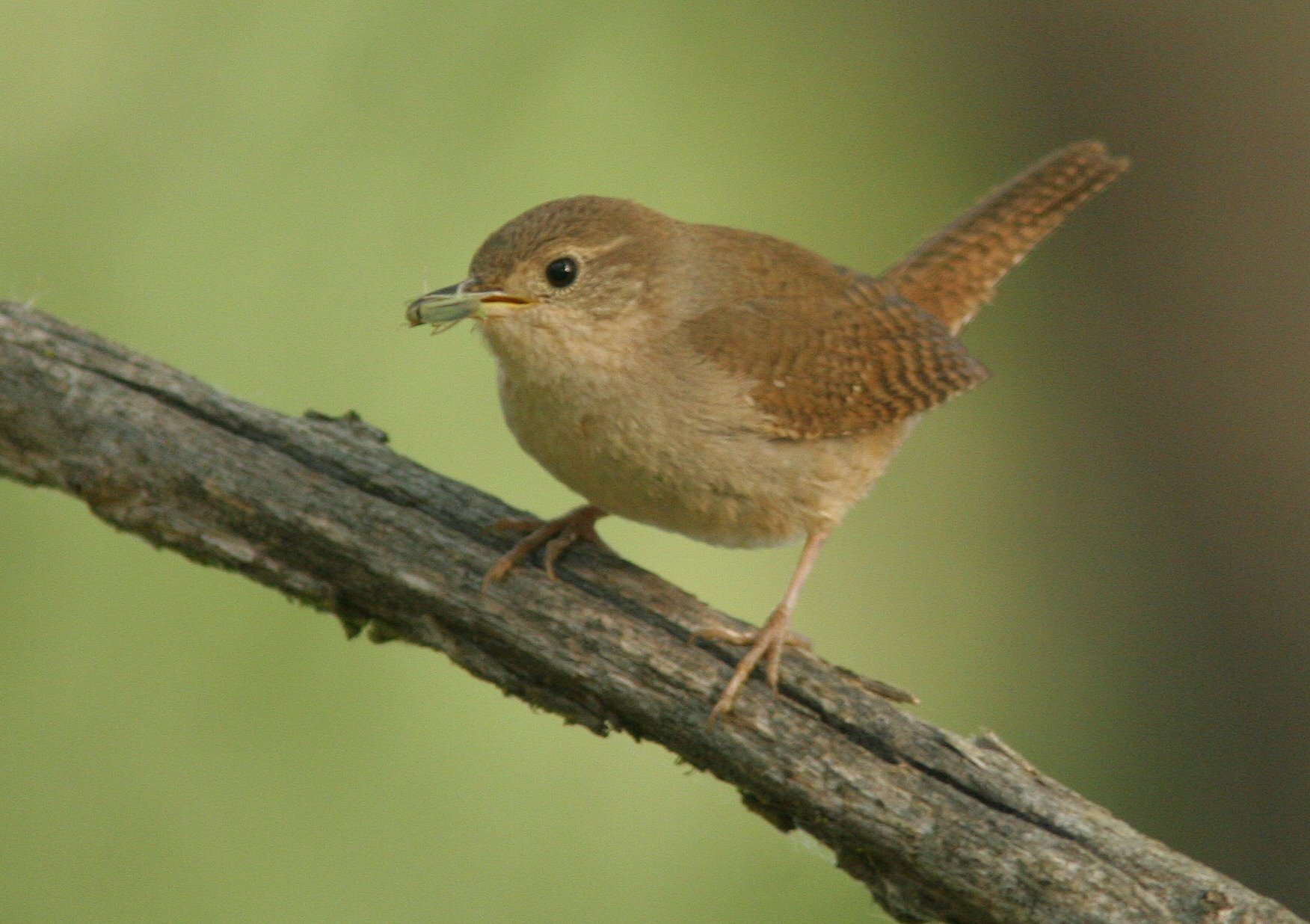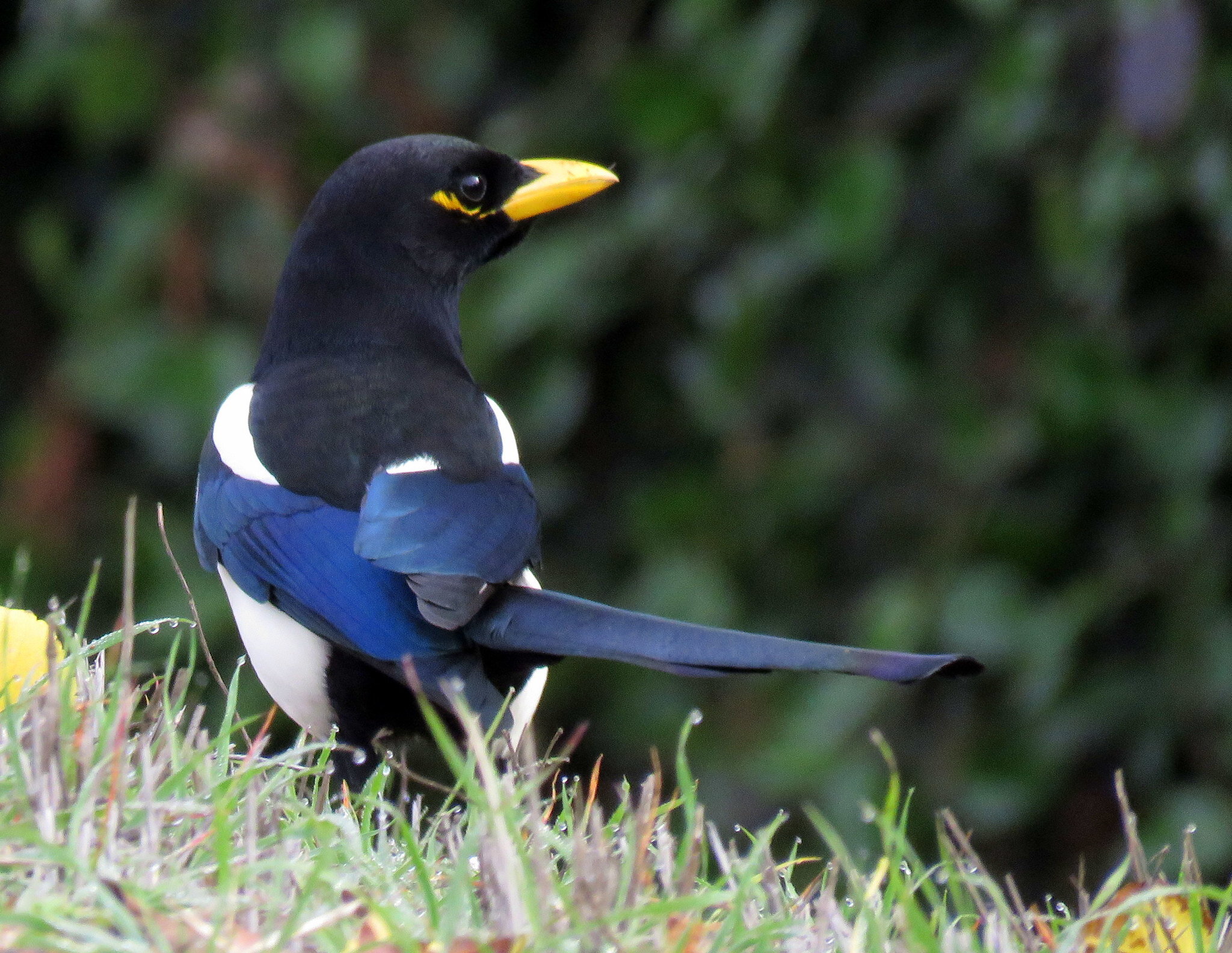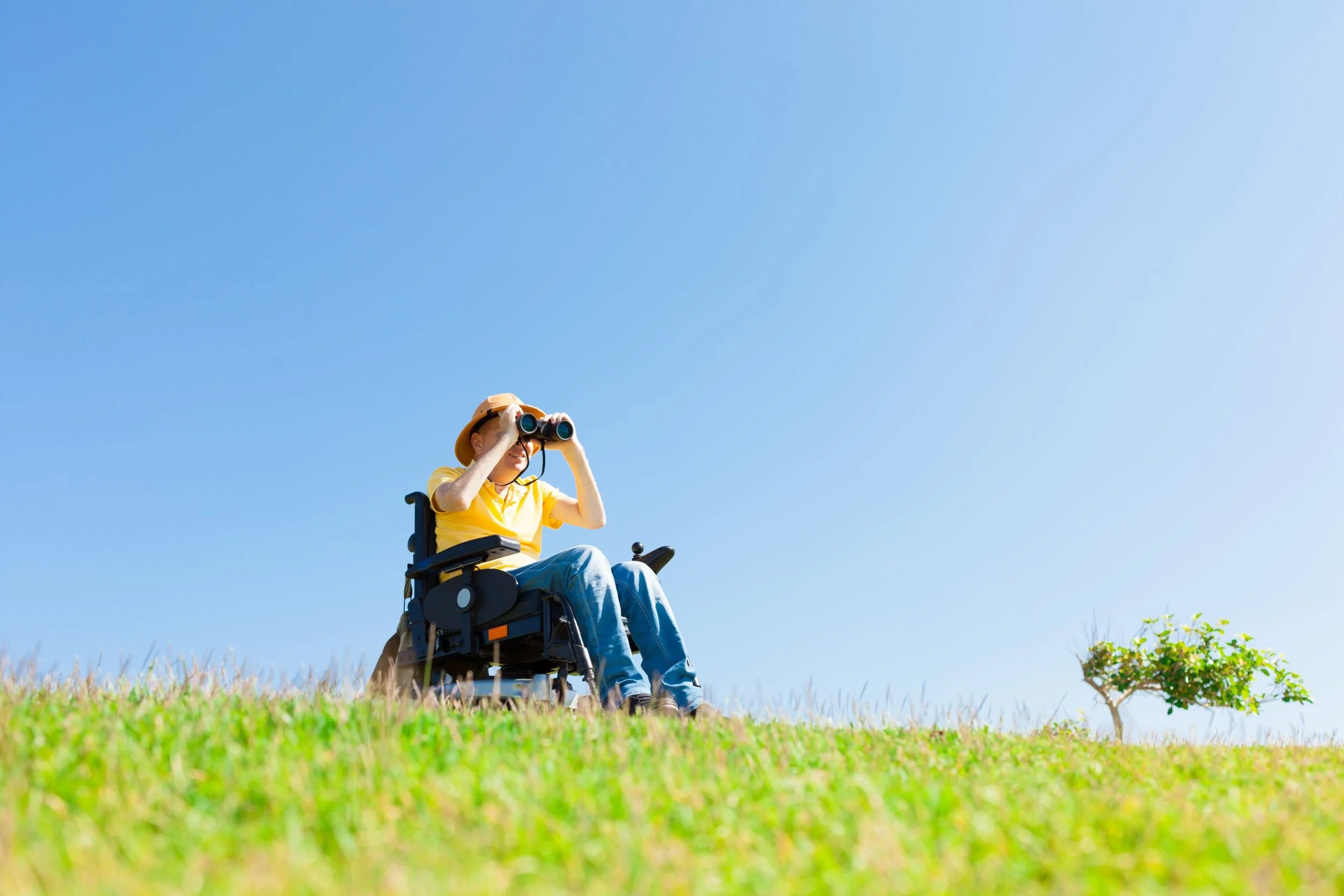Resources for Beginning Birders
Beginning Birder Field Trips
Held one Sunday of each month, October through June, these outings are geared toward people who aren’t yet entirely comfortable joining regular field trips as well as those who have birded a bit but would like to be better birders. As is the case with all our field trips, it is not necessary to be a Sacramento Audubon member to participate.
The field trips will focus on finding and identifying common birds in a variety of habitats, with an emphasis on looking and listening. These walks, covering about a mile and a half, will last about 3 hours and will be led by two or more friendly and experienced Sacramento Audubon trip leaders. You can sign up for just one session, or for more than one.
Trip is limited to 10 adult participants, and requires a minimum of 3 participants. Registration required.
Register by emailing Larry (put “Beginning Birder” in the subject line). Give your name, phone number and email address. After registering, you will receive additional information regarding the field trip.
Upcoming Beginning Birder Field Trips
Identifying Birds
SACRAMENTO Area Bird CHEcklist
One of the first things to know when trying to identify a bird is what birds are likely to be in your area or location. The Sacramento Area Birds Checklist was compiled by some of the best Sacramento Audubon birders. It quickly shows what birds are in our area, when they are here, and how common they are. Click on the name of any bird on the checklist to see photos of that bird.
Merlin Bird ID
Brought to you by the Cornell Lab of Ornithology, Merlin Bird ID is a simple, free app for your smartphone that helps identify the birds you are seeing and hearing. You can answer simple questions or submit a picture for help with a visual ID. The sound ID uses the microphone on your phone to record the bird calls and songs around you, then it makes suggestions on what you might be hearing - it’s up to you to decide if those suggestions are correct.
Bird Guides
On-line resources are great, but sometimes you can’t beat a good book in your hands. Some of the favorite Bird Guides of Sacramento Audubon members include:
150 Frequently Seen Birds of California’s Great Valley by ARNHA Books
National Geographic Field Guide to Birds of Western North America
Sibley Birds West: Field Guide to Birds of Western North America
You can find more information on these and other bird guides on our Reference Guides and Resources page.
Birder Tip:
Think about relative size. Is it bigger or smaller than a sparrow, a robin, a crow, or a goose?
Where to Bird?
Sacramento Audubon makes finding the birds easy. Check out the DIY Field Trips page for recommendations on where to go each month of the year. It varies when it’s hot in the summer, the birds are just like us - they want to be at the mountains or the coast. In the winter, you can’t beat the local National Wildlife Refuges for waterfowl.
Birding In the Sacramento Region
Want more information on locations? With our Birding Locations pages you can choose a particular region to investigate popular birding spots or use the map to see what is near to you. Click on a link to read a thorough description of when to visit the location and what one might find on a visit.
Accessible Birding
Sacramento Audubon’s Accessibility Committee is identifying local birding locations that are accessible. You’ll find detailed information and maps for these locations on the Accessible Birding page. It is our hope that these efforts will help all birders enjoy the wonderful birds in and around Sacramento.
Birding Tip:
Look at the feet, beak, and eyes.These are often distinguishing field marks that will help you identify otherwise similar birds.
Choosing the Right Gear
Your eyes and ears are all you need to start birding. However, a good pair of binoculars goes a long way in helping you identify field marks on that small or distant bird. National Audubon has an excellent guide for choosing your first pair of bins. Another option is to talk with the folks at Out of This World Optics. They are friendly and knowledgeable and though based in Mendocino, great supporters of the Effie Yeaw Nature Center.
Birder Tip:
Spot the bird with your eyes, then without moving your head, bring your binoculars up to your eyes.
Keeping Track of What You See
Whether you keep a nature journal, create a spreadsheet for your life list or record your observations on eBird, reviewing what you saw will help you become a better birder.
Created by the Cornell Lab of Ornithology, eBird is the number one app for tracking bird observations. eBird allows you to record the bird species you have identified in real time or after the fact. These records are compiled by eBird and can be viewed by location, month, year, or lifetime. With over a 100 million observations recorded each year, eBird is more than just an app for tracking your observation. eBird data documents bird distribution, abundance, and habitat use. A free on-line class is available from Cornell to get you started. All you need is an account with the Cornell Lab of Ornithology.
In addition, many birders use eBird to decide on their next birding location. Using the Hotspot Map, you can search for popular and productive locations. Zoom in on the map to find locations near you, or use the search boxes to explore a particular region or species.
Ethical Birding Practices
The Sacramento Audubon Society is dedicated to the protection of birds and their natural habitats. Let’s ensure that our enjoyment of these spaces doesn’t negatively impact their existence or their inhabitants.
The American Birding Association has established a Code of Ethics to help us all “practice and promote respectful, enjoyable, thoughtful birding.”
Here are a few highlights of this Code of Ethics. Please honor these important safeguards.
Minimize habitat disturbance by staying on trails.
Avoid getting too close to birds, especially those that are nesting.
Limit the use of recordings and other audio methods of attracting birds, particularly in heavily birded areas.
Always bird and report with honesty and integrity.
Never enter private property without the landowner’s permission.
Keep cats and other domestic animals indoors or controlled.
In addition to ethics while birding, please consider the well-being of birds while taking photographs. National Audubon Society has a Guide to Ethical Bird Photography and Videography.









